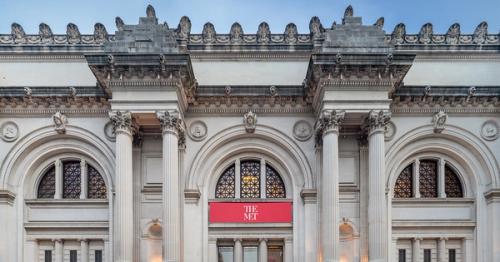Search / All Results
20 results for ⏰[알바모집:OIO:8794:1567] 마천동노래방도우미 천호노래방도우미 뚝섬노래방도우미 군자노래방도우미 서울노래방도우미 01088888317⏰


Press Release
El Greco in New York






Essay
Famous Makers of Arms and Armors and European Centers of Production
October 1, 2002
By Dirk H. Breiding